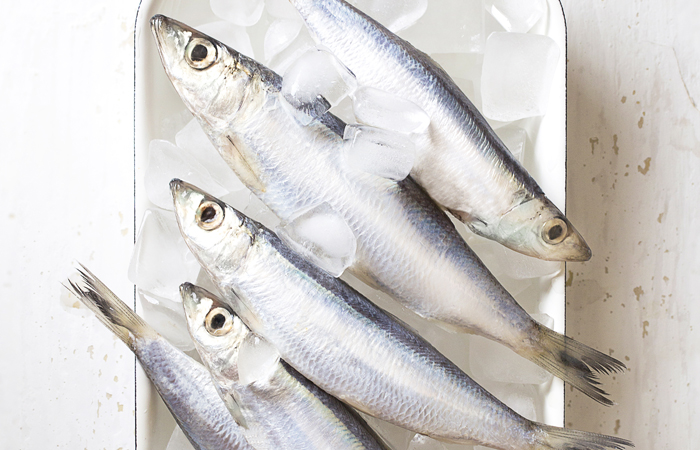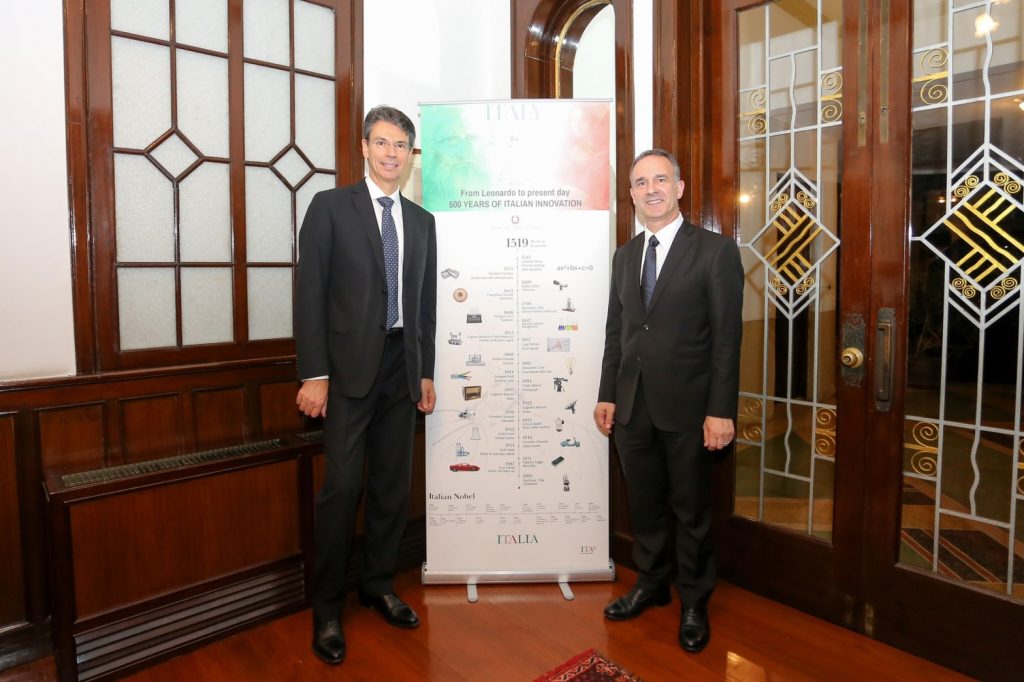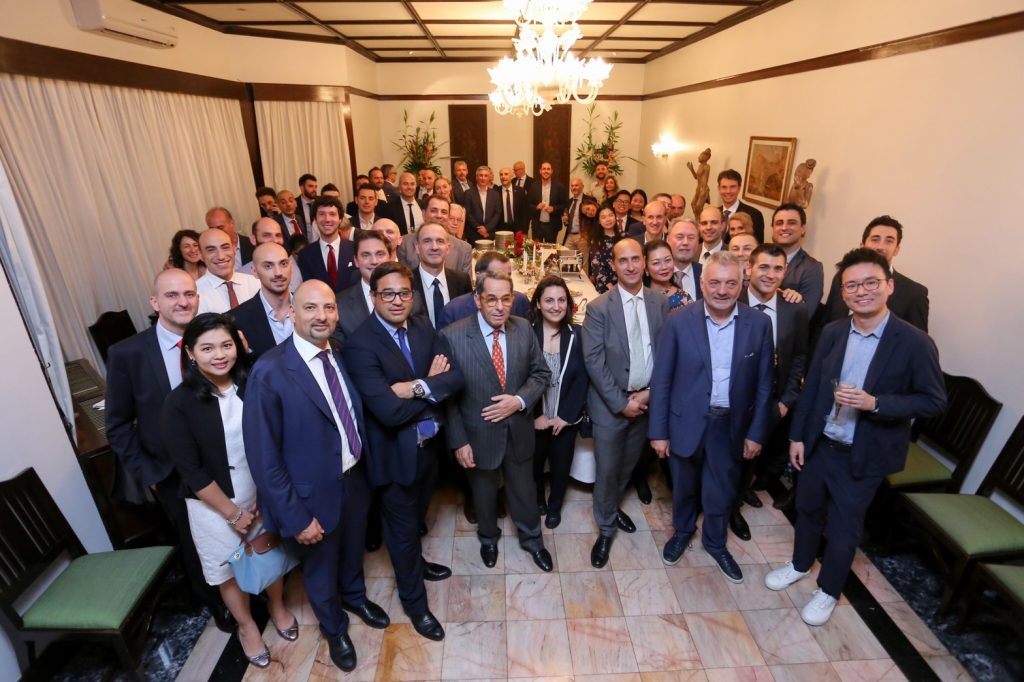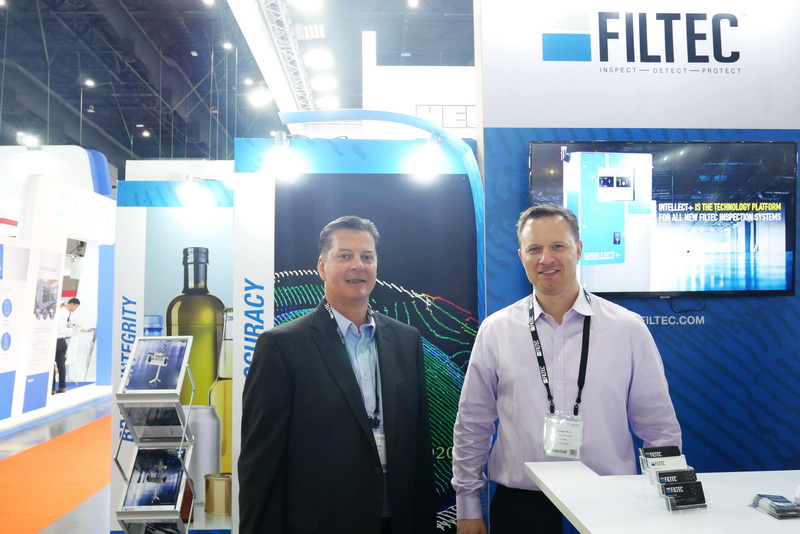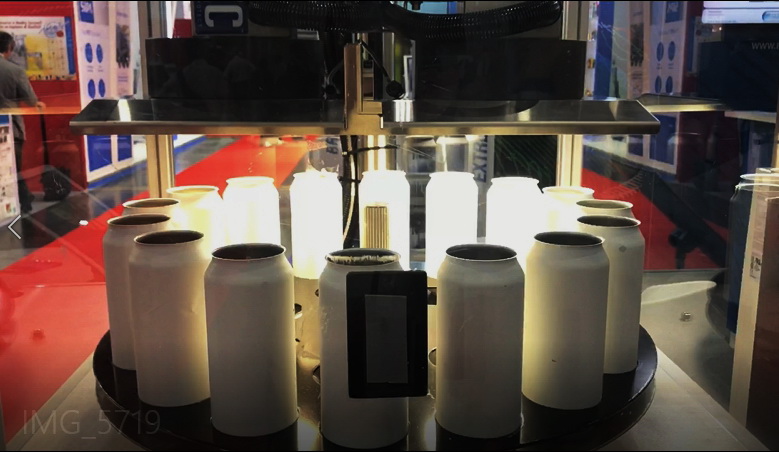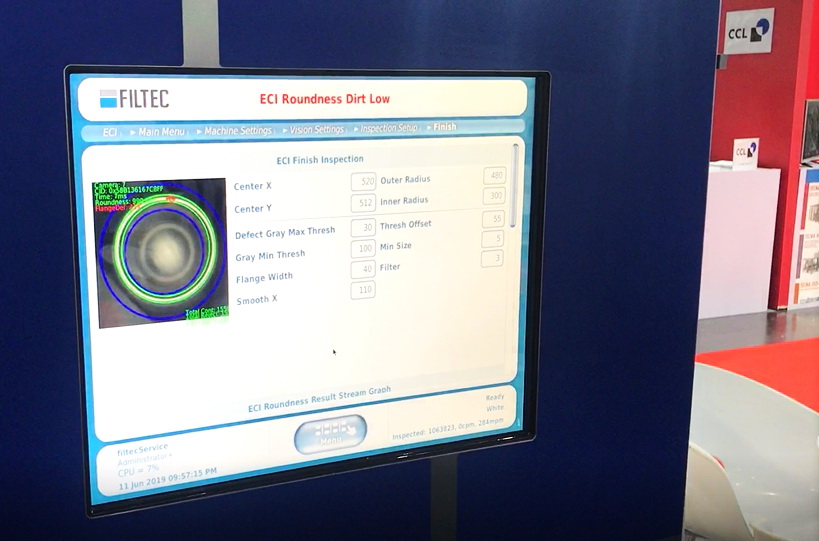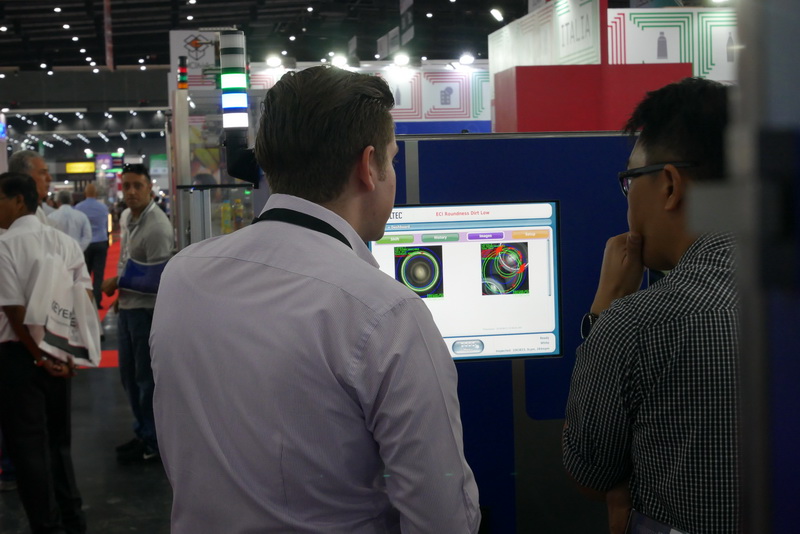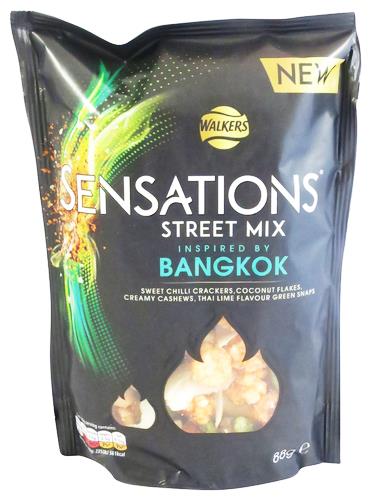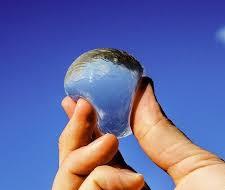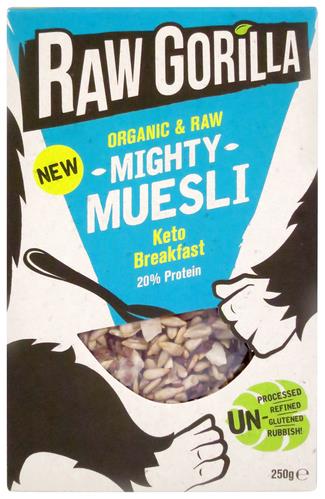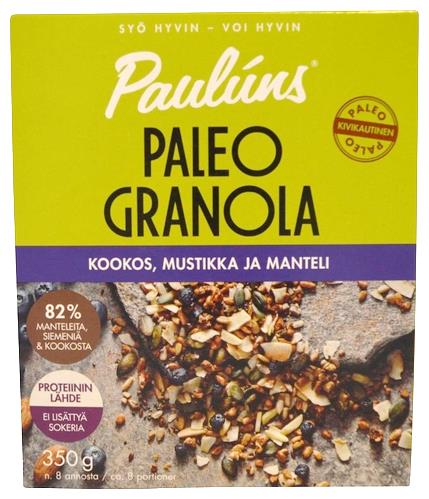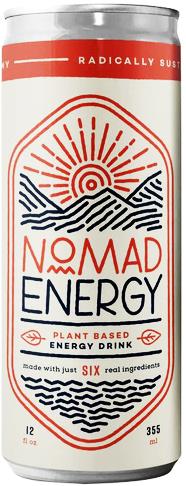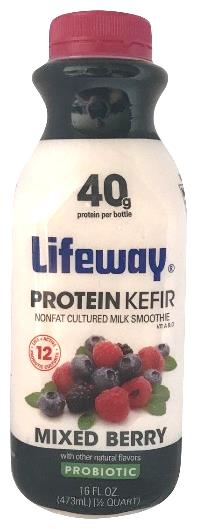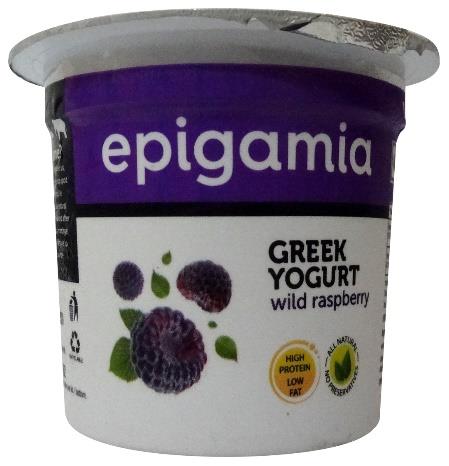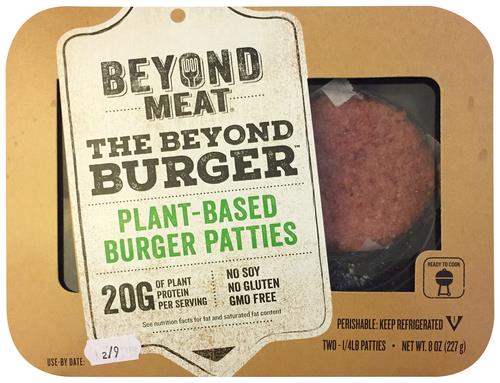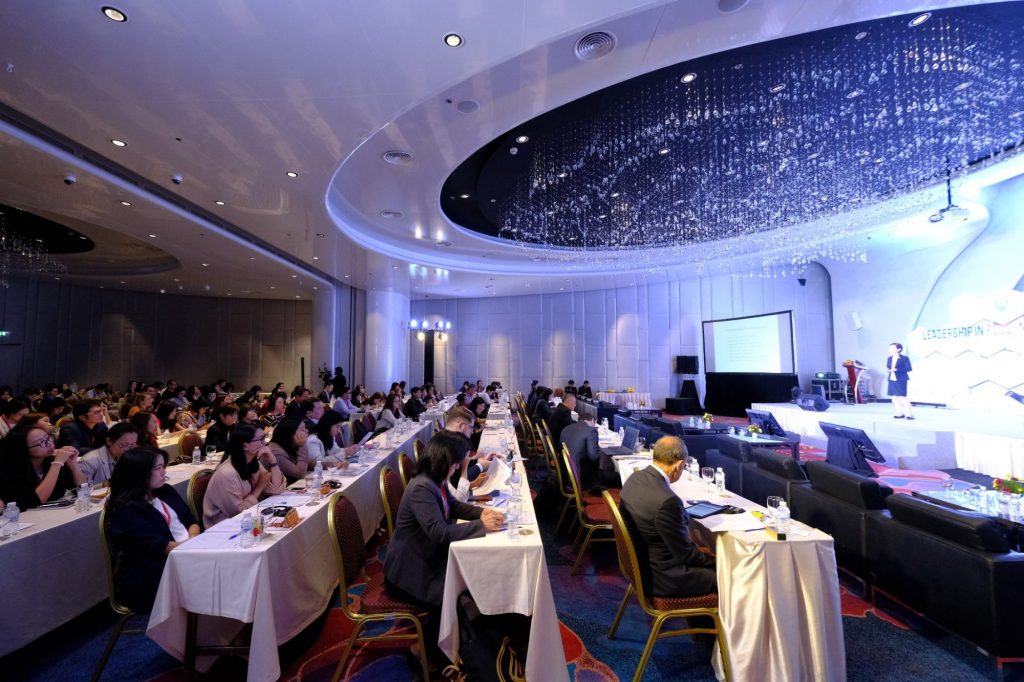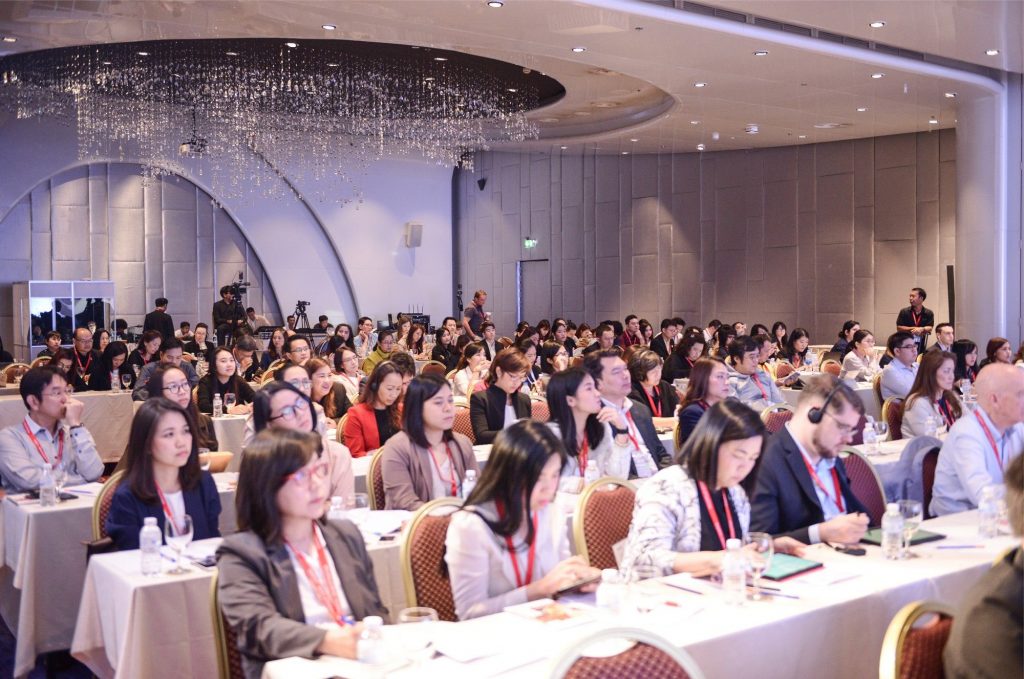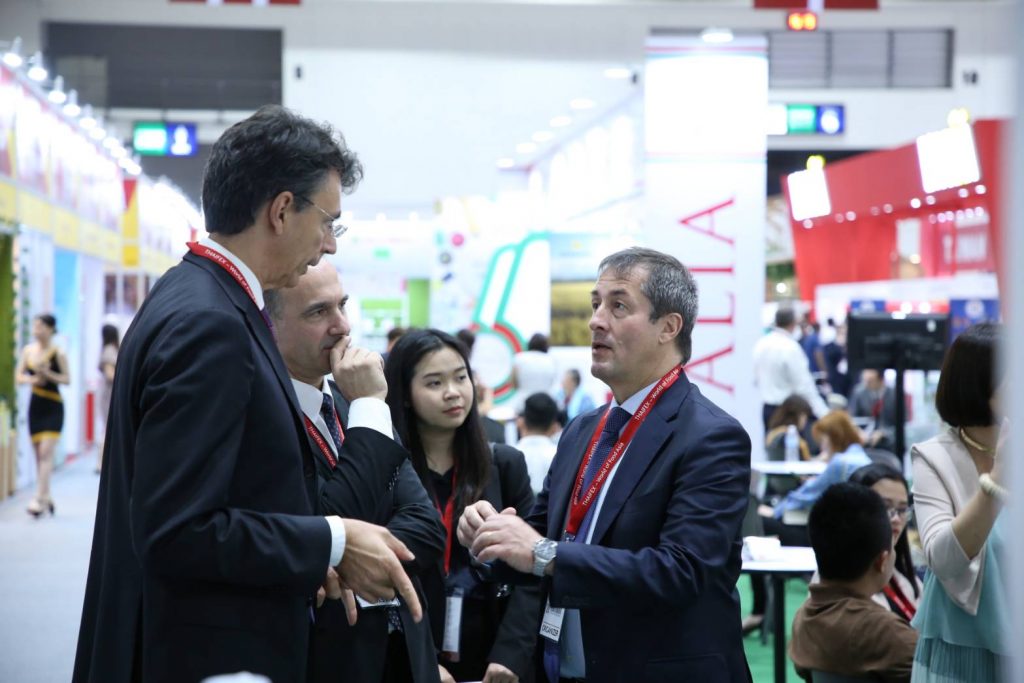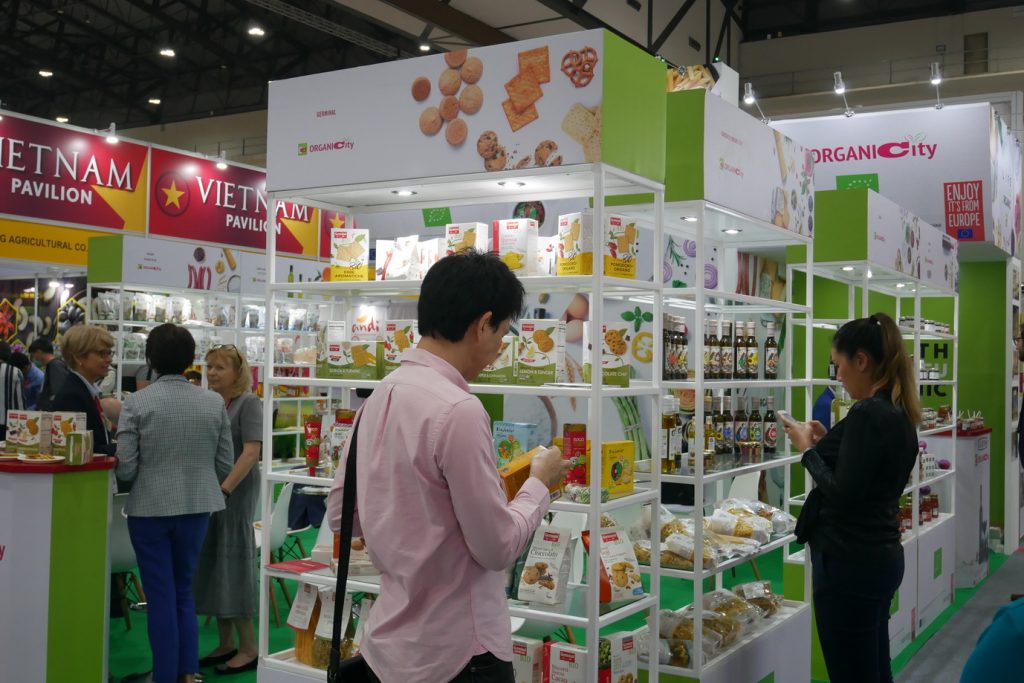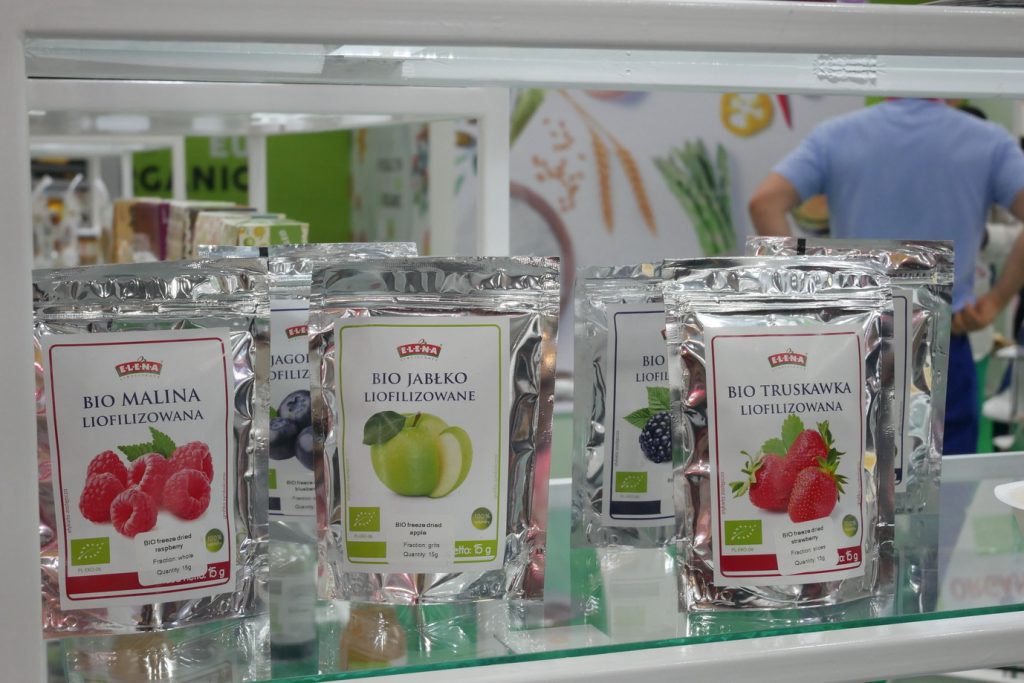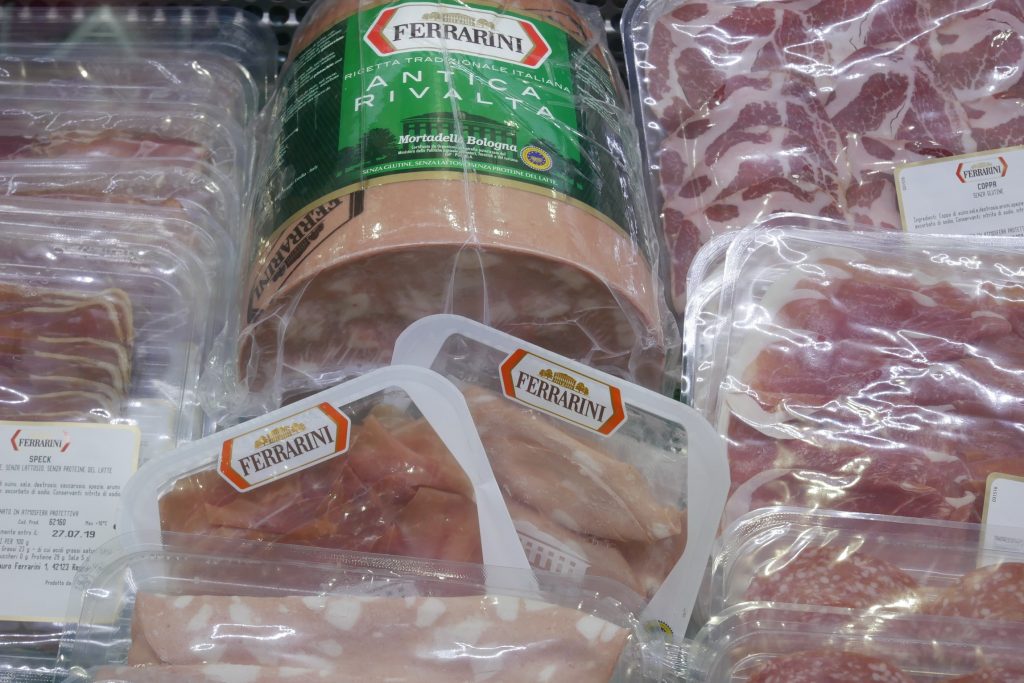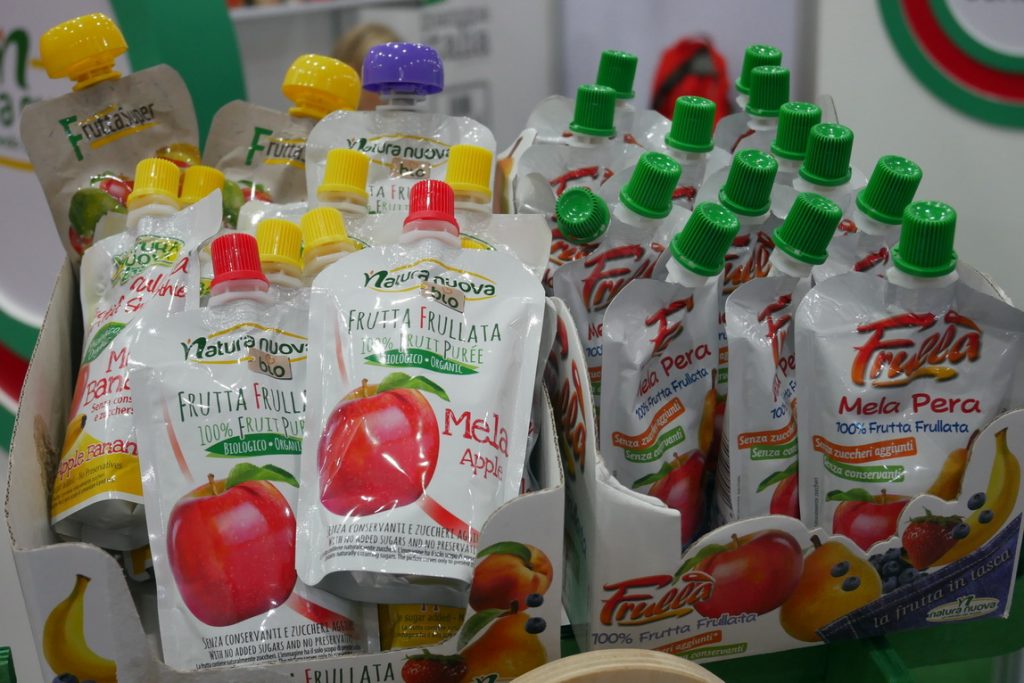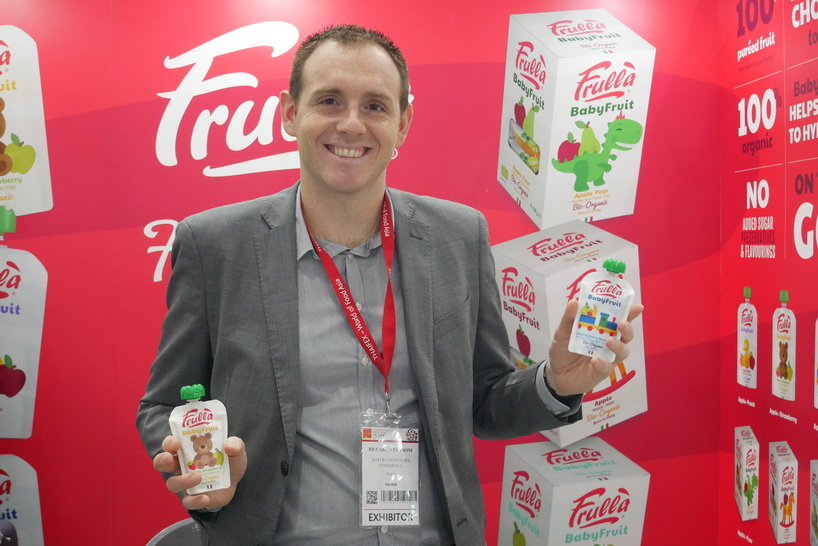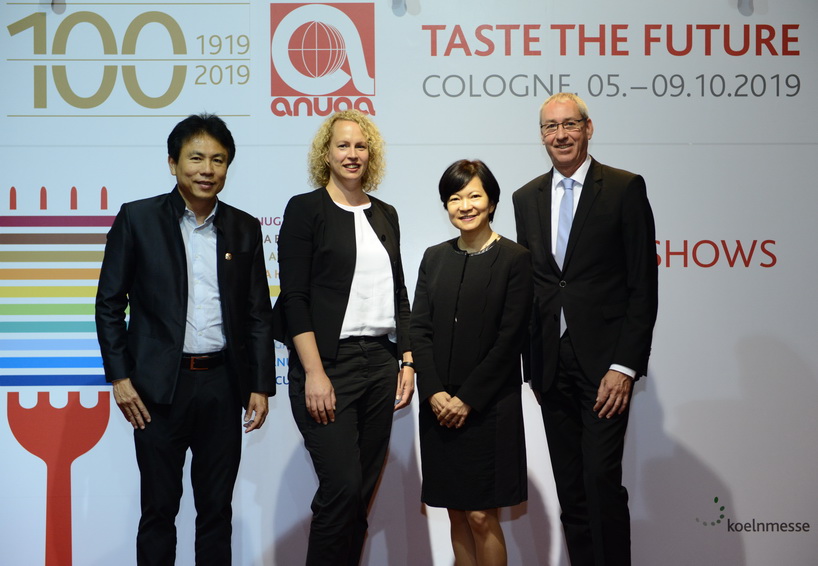5 เทรนด์หลัก…ผลักดันยอดขายอาหารทะเลปี 2562
By: Christine Blank
Contributing Editor
Seafoodsource
editorsandwriters@gmail.com
Translated and Compiled By: กองบรรณาธิการ
นิตยสาร ฟู้ด โฟกัส ไทยแลนด์
Editorial Team
Food Focus Thailand Magazine
editor@foodfocusthailand.com
1. อาหารโปรตีนสูง คาร์โบไฮเดรตต่ำ ไม่มีทีท่าชะลอตัว
“อาหารทะเลจะอยู่ในเทรนด์ เพราะเป็นแหล่งของโปรตีน และโปรตีนก็ไม่เคยตกยุค” Barb Ruhs นักกำหนดอาหาร และประธาน MarketRD.com กล่าว และเสริมว่า อาหารทะเลนั้นมีโปรตีนสูงและมีประโยชน์อีกมากมาย อีกทั้งผู้บริโภคเริ่มมีความรู้ในเรื่องการเพาะเลี้ยงสัตว์น้ำซึ่งพวกเขาเชื่อว่ามีความยั่งยืน”
2. ตลาดอาหารพร้อมรับประทานและเซ็ตปรุงอาหารที่เติบโต ผลักดันยอดขายอาหารโปรตีนทุกชนิด รวมทั้งอาหารทะเล
อาหารทะเลมักถูกนำมาใช้เป็นวัตถุดิบและองค์ประกอบหลักในเซ็ตปรุงอาหาร อย่างเช่น ผลิตภัณฑ์ Home Chef จาก Kroger ร้านค้าบางรายยังสร้างสรรค์เมนูอาหารแบบซื้อกลับบ้านในรูปแบบกล่องเบนโตะ หรืออาหารคีโตพร้อมรับประทาน ซึ่งจะมีส่วนประกอบของแซลมอน ธัญพืช และผัก เพื่อให้มีความหลากหลายมากขึ้น นอกเหนือไปจากเมนูซูชิที่คุ้นเคย
3. จากเทรนด์อาหารโปรตีนสูง อาหารทะเลที่สร้างสรรค์ให้เป็นเมนูในมื้อว่างจะได้รับความนิยมต่อเนื่อง
“คนอเมริกันก็มองหาขนมขบเคี้ยวที่ดีต่อสุขภาพ มีโปรตีนสูง เพราะขนมขบเคี้ยวที่มีโปรตีนสูงเหล่านี้จะช่วยให้อิ่มนาน” Cornish กล่าว พร้อมเสริมว่า ขนมขบเคี้ยวรสชาติอร่อยที่พกพาง่าย ผสมผสานทั้งความสะดวกสบายและดีต่อสุขภาพ เช่น เจอร์กี้แซลมอน หรือสาหร่ายแผ่น ก็เป็นทางเลือกของเมนูโปรตีนที่ดี
4. ปลาบรรจุกระป๋องคุณภาพสูง กำลังฮิตทั้งในภัตตาคารและร้านค้า
FreshDirect คาดการณ์ว่า ร้านค้าจะเริ่มนำผลิตภัณฑ์ปลากระป๋องหลากหลายชนิดมาจำหน่าย ทั้งความหลากหลายในด้านแหล่งของปลา สายพันธุ์ และรสชาติ อย่างเช่น JUST Wild Caught Albacore Tuna ที่ผลิตจากแหล่งจับปลาทูน่าที่ยั่งยืนทางตะวันตกเฉียงเหนือของแปซิฟิก ทั้งยังสามารถตรวจสอบย้อนกลับได้
5. ร้านอาหารและภัตตาคารต่างนำเสนอเมนูเรียกน้ำย่อยและอาหารจานหลักที่ผลิตด้วยวัตถุดิบจากทะเลและโดดเด่นด้วยนวัตกรรม
Ruhs ทำนายว่า ภัตตาคารจะนำเสนอเมนูเรียกน้ำย่อยและอาหารจานหลักที่ผลิตด้วยวัตถุดิบจากทะเลและโดดเด่นด้วยนวัตกรรม รวมทั้งอาหารทะเลพร้อมรับประทานที่นำมาปรับโฉมใหม่ ยกตัวอย่างเช่น จากความนิยมของ “meat charcuterie boards” ก็จะส่งผลให้ภัตตาคารต่างๆ ลองนำเสนอ “sea charcuterie boards” และ “seaweed charcuterie boards” ให้กับลูกค้า
1. High-protein, low-carbohydrate diets show no signs of slowing.
“Seafood is trending, because the protein push never goes away,” said Barb Ruhs, a registered dietitian and the president of MarketRD.com. “Seafood is a protein with a lot of benefits and without a lot of the negatives. Plus, as because consumers are getting more educated on aquaculture, they realize that it is sustainable.”
2. The growth of prepared foods and meal kits are boosting sales of all proteins, including seafood.
Seafood items are included in some meal kits such as Kroger’s Home Chef’s offerings. Plus, many grocers have added unique grab-and-go items such as bento boxes and keto bowls that include salmons, grains and greens, in addition to sushi.
3. To go along with the high-protein diet trend, eating seafood as a snack continues to be hot.
“Americans are seeking out healthy, high-protein snacks because they tend to be portable foods that will keep them satiated for longer,” said Cornish. “Easy, go-to tasty snacks that marry convenience with health, such as salmon jerky or seaweed chips are great lean-protein options.”
4. Artisanal, high-quality canned fish is hot, both in restaurants and grocery stores.
Grocers will start to carry a variety of canned fishes, ranging by source, species, and flavor profiles, FreshDirect predicts, touting its own JUST Wild Caught Albacore Tuna, a traceable and sustainable tuna from the Pacific Northwest.
5. Restaurants will offer innovative seafood appetizers and entrees.
Restaurants will offer innovative seafood appetizers and entrees, as well as brand new preparations of seafood, Ruhs predicted. For example, due to the popularity of meat charcuterie boards, Ruhs believes restaurants should serve “sea charcuterie boards” as well as “seaweed charcuterie boards.”
